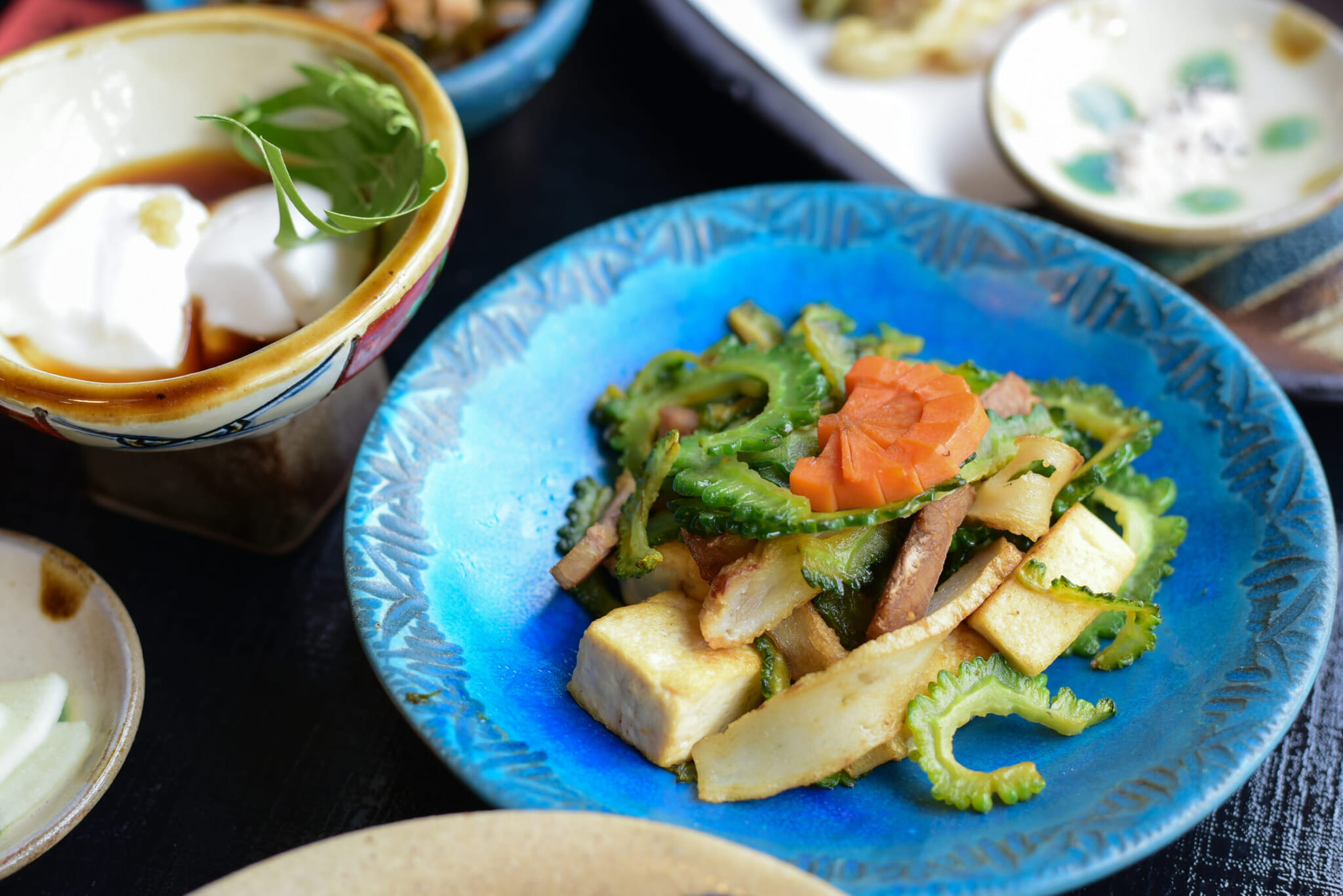Coined by the researcher Dan Buettner, a blue zone is a region where its inhabitants live exceptionally long lives because of the diet, lifestyle and ecology found there. There are five blue zones in the world, with one of them being in Okinawa. Home to a high concentration of centenarians, Okinawa’s diet has been extensively studied to unlock the key to longevity.
The Okinawa diet has evolved in recent years, but it is mainly plant-based, low-calorie and high in carbs. Here are the basics of the Okinawa diet, so you can also reap the benefits of the healthy anti-aging it might offer. Hara Hachi Bu Hara hachi bu , or eating until you’re 80% full, is a common phrase used in Okinawa, and it is a vital part of the diet there.

As a result of stopping at moderate fullness, the calorie intake of people in Okinawa is significantly lower than many western countries. Along with keeping inhabitants lean and at a healthy weight, this concept of not stuffing oneself leads to mindful eating that can be very beneficial. Reciting “hara hachi bu” at the start of a meal encourages people to eat slowly and focus on the food.
Although the benefits of calorie restriction are still being researched, eating slowly, chewing thoroughly and not having distractions during meals can help you be more conscious of what you ingest in day-to-day life. Staple Foods Along with eating slightly less, the Okinawa diet has some staple foods that make it very healthy. Locals take advantage of the natural .
















